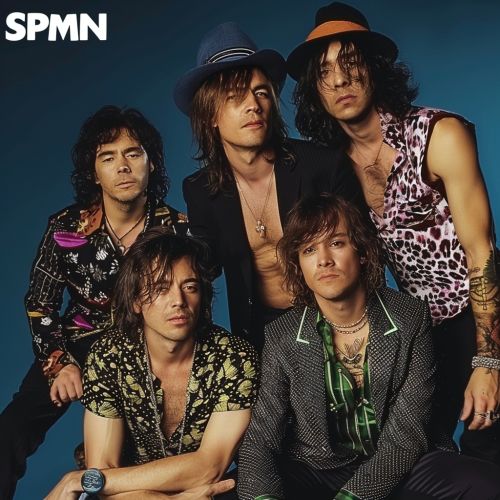SPIN Magazine
History
SPIN Magazine, an American music magazine founded in 1985 by Bob Guccione Jr., has played a pivotal role in the music journalism landscape. The magazine emerged as a counterpoint to the established Rolling Stone, offering a fresh perspective on the music scene. SPIN quickly gained a reputation for its in-depth coverage of alternative rock, hip hop, and other genres that were often overlooked by mainstream media.
SPIN's early years were marked by a commitment to covering emerging artists and underground movements. The magazine's editorial direction was heavily influenced by Guccione's vision of highlighting innovative and boundary-pushing music. This focus on the avant-garde helped SPIN carve out a unique niche in the competitive world of music journalism.


Editorial Evolution
Over the decades, SPIN's editorial approach has evolved to reflect changes in the music industry and broader cultural trends. In the 1990s, the magazine became known for its coverage of the grunge movement, with extensive features on bands like Nirvana and Pearl Jam. This period solidified SPIN's reputation as a leading voice in alternative music journalism.
The 2000s saw SPIN expanding its focus to include a wider range of genres, including electronic music, indie rock, and hip hop. The magazine's editorial team, led by notable editors such as Alan Light and Sia Michel, continued to push the boundaries of music journalism. SPIN's commitment to high-quality writing and insightful commentary remained a constant, even as the magazine adapted to the digital age.
Digital Transition
The rise of the internet and digital media presented both challenges and opportunities for SPIN. In 2012, the magazine ceased its print edition and transitioned to a fully digital format. This shift allowed SPIN to reach a global audience and provide more timely coverage of the rapidly changing music landscape.
SPIN's digital presence includes a robust website featuring news, reviews, and long-form articles. The magazine has also embraced social media platforms to engage with readers and promote its content. Despite the challenges of the digital transition, SPIN has maintained its reputation for insightful and provocative music journalism.
Notable Features and Contributions
SPIN has published numerous groundbreaking articles and features over the years. One of the magazine's most famous pieces is the 1992 cover story on Kurt Cobain, which provided a rare and intimate look at the enigmatic frontman of Nirvana. Other notable features include in-depth profiles of artists like Beyoncé, Radiohead, and Kendrick Lamar.
The magazine has also been known for its annual "SPIN 100" list, which ranks the best albums of the year. This list has become a highly anticipated event in the music industry, offering a comprehensive overview of the year's most significant releases.
Impact on Music Journalism
SPIN's influence on music journalism cannot be overstated. The magazine has been a launching pad for many prominent music journalists, including Chuck Klosterman, Rob Sheffield, and Jessica Hopper. SPIN's commitment to covering diverse and innovative music has helped shape the tastes and opinions of generations of music fans.
The magazine's impact extends beyond its editorial content. SPIN has been instrumental in promoting music festivals and live events, helping to bring emerging artists to wider audiences. The magazine's legacy is evident in the continued relevance of its digital platform and the enduring influence of its alumni.
